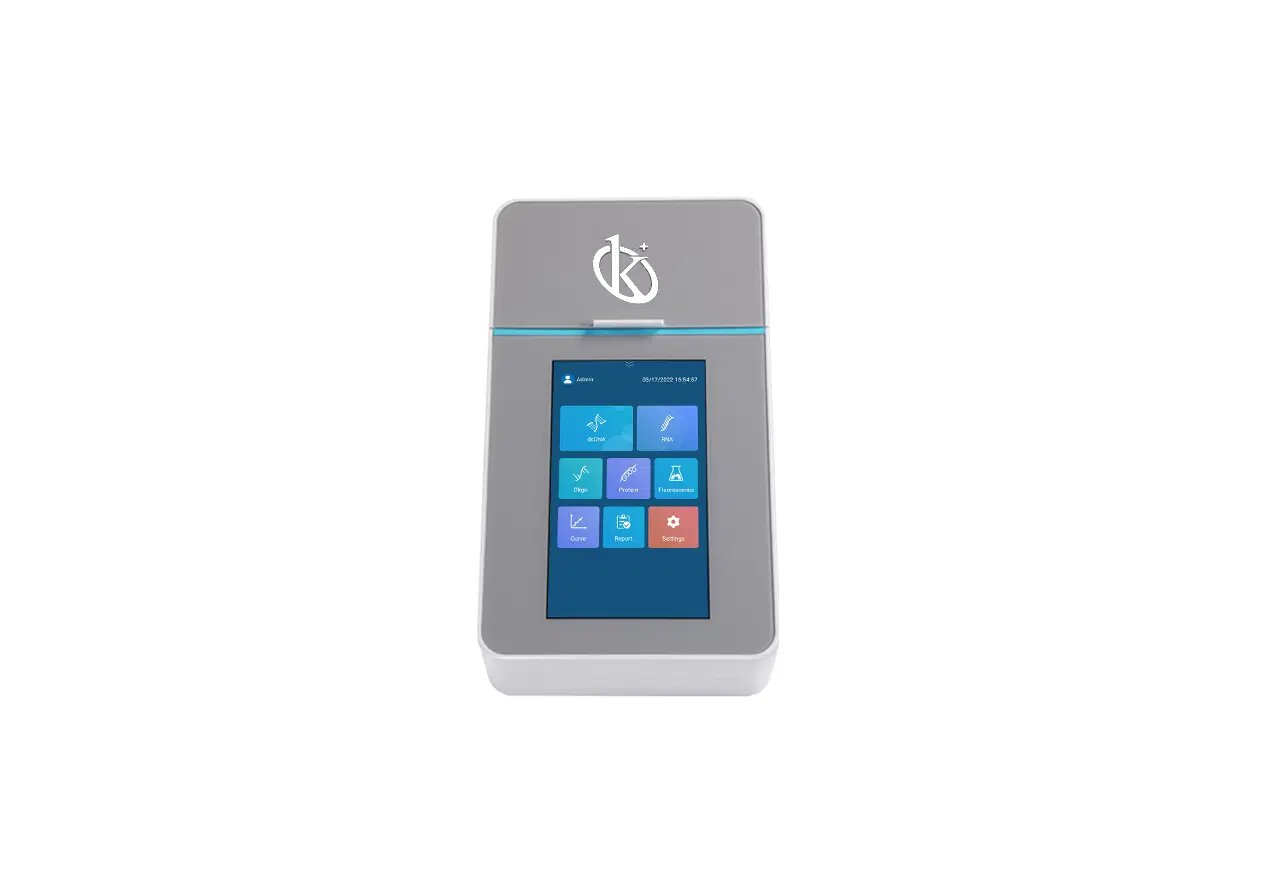Medical and laboratory technology has advanced by leaps and bounds, offering increasingly precise and efficient tools. An outstanding example of this evolution is the clinical fluorometer, an essential instrument for various analyses and diagnoses.
In this article, we will delve into the benefits of fluorometers, their applications, and a comparison of the leading models available on the market, always highlighting the superiority of the most innovative options.
We understand that you need equipment that delivers maximum value to your laboratory. We invite you to visit https://kalstein.co.in/category-product/laboratory-line/fluorometer-laboratory-line/, to immerse yourself in our universe of cutting-edge technology equipment. Our prices are competitive and accessible, we combine the convenience of online shopping with the guarantee of an exceptional product. Because you deserve the best, we create and offer top-tier laboratory equipment. Make your choice today, where science comes to life. https://kalstein.co.in/
What is a Clinical Fluorometer?
A clinical fluorometer is a device that measures the fluorescence of biological samples. This apparatus uses light to excite the electrons in the molecules of a sample and then measures the light emitted when the electrons return to their normal state.
The intensity of this fluorescent emission can provide crucial information about the concentration and presence of certain substances.
Applications of the Fluorometer in the Medical Field
Disease Diagnosis
One of the most important uses of the clinical fluorometer is in disease diagnosis. By detecting specific biomarkers, fluorometers can help identify conditions such as cancer, infectious diseases, and metabolic disorders quickly and accurately.
Biomedical Research
In the field of research, fluorometers are indispensable tools. They allow scientists to quantify gene expression, study protein-protein interactions, and monitor enzymatic activity, providing crucial data for the development of new treatments and therapies.
Advantages of Using a Fluorometer
High Sensitivity and Precision
Clinical fluorometers offer exceptional sensitivity and precision, allowing the detection of extremely low concentrations of analytes. This feature is vital in early diagnostics and in research where accuracy is crucial.
Speed of Results
The speed with which fluorometers can provide results is another of their great advantages. This is especially important in clinical situations where time is a critical factor, such as in medical emergencies or during surgical procedures.
Innovations in Fluorometers: Model Comparison
Kalstein Fluorometer
The Kalstein fluorometer stands out for its ergonomic design and intuitive interface, making it easy to use for both experienced technicians and those just beginning to familiarize themselves with this type of equipment. Its precision and analytical capabilities make it a preferred option in many clinics and laboratories.
Promega
Promega fluorometers are known for their robustness and durability. Although they offer excellent precision, they may be less accessible in terms of price and ease of use compared to other options.
Turner Designs
Turner Designs offers high-quality fluorometers specialized for specific applications in biology and chemistry. However, their specialized focus can limit their use in general clinical diagnostics.
VICAM
VICAM presents fluorometers with high sensitivity, suitable for a variety of diagnostic applications. Although very precise, their cost can be a limiting factor for smaller clinics or those with tight budgets.
Comparative Table of Clinical Fluorometers
|
Characteristic |
Kalstein |
Promega |
Turner Designs |
VICAM |
|
Precision |
High |
High |
High |
Very High |
|
Ease of Use |
Very High |
Medium |
Medium |
High |
|
Cost |
Moderate |
High |
Moderate |
High |
|
Clinical Applications |
Broad |
Broad |
Specific |
Broad |
|
Durability |
High |
Very High |
High |
High |
How to Choose the Best Fluorometer for Your Clinic
Considerations of Precision and Sensitivity
When choosing a fluorometer, it is crucial to consider the precision and sensitivity it offers. This will determine the device’s ability to detect and quantify analytes at low concentrations, something essential for early diagnostics and detailed studies.
Ease of Use and Training
Ease of use is another important factor. A fluorometer with an intuitive interface and adequate technical support can make a significant difference in the operational efficiency of a clinic. Additionally, consider the availability of training and post-sale support.
Frequently Asked Questions about Fluorometers
What is fluorescence and how is it measured?
Fluorescence is the emission of light by a substance that has absorbed light or electromagnetic radiation. In fluorometers, it is measured by exciting the sample with light of a specific wavelength and detecting the emitted light at a different wavelength.
What are the most common applications of a clinical fluorometer?
The most common applications include disease diagnosis through the detection of biomarkers, quantification of nucleic acids and proteins in biomedical research, and monitoring enzymatic activity.
Conclusion on Fluorometers
The clinical fluorometer is an indispensable tool in medical diagnostics and research. Its high precision and speed in obtaining results make it ideal for a wide range of clinical applications.
When comparing different models on the market, it is evident that the most innovative and accessible options are the best suited for clinics looking to improve their diagnostic capabilities without compromising quality. With this guide, we hope you can make an informed decision and choose the fluorometer that best meets your clinical and laboratory needs.


